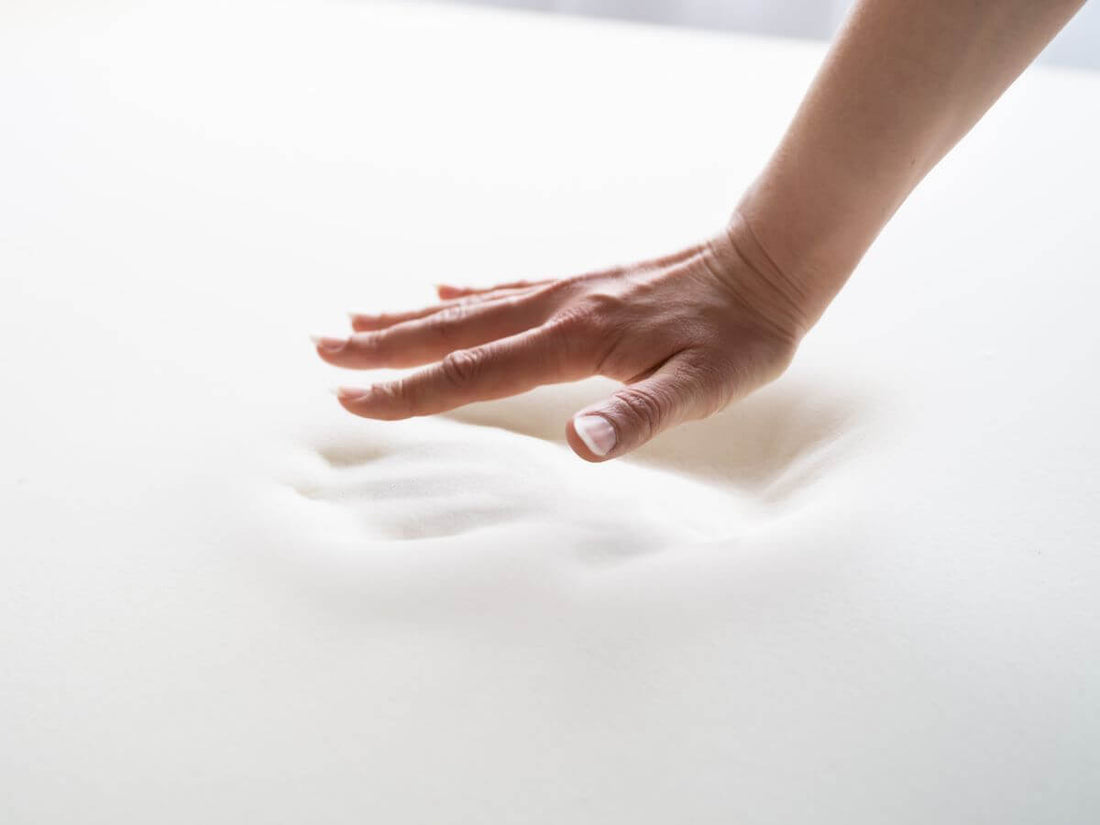Memory foam mattresses have revolutionized the sleep industry, promising blissful slumber and pressure-relieving comfort. But amidst the hype, several myths and misconceptions have swirled around this popular material. So, before you invest in a memory foam mattress, let's separate fact from fiction!
Myth #1: Memory foam mattresses retain heat, making you sleep hot.
Fact: While some older memory foam formulations could trap heat, advancements in technology have addressed this concern. Newer mattresses often feature gel pockets, ventilated cores, or phase-change materials that promote airflow and keep you cool throughout the night. Additionally, choosing a mattress with a lower density can further prevent heat buildup.
Myth #2: Memory foam sinks you too deep, making it difficult to get out of bed.
Fact: This depends on the firmness level of your mattress. While softer memory foam mattresses offer a deeper "hugging" sensation, firmer options provide sufficient support and allow for easy movement. Choosing the right firmness for your body type and sleeping preferences is crucial to avoid feeling stuck.
Myth #3: Memory foam mattresses emit harmful chemicals.
Fact: Concerns about off-gasing chemicals, particularly VOCs (volatile organic compounds), were more valid in the past. Today, reputable manufacturers adhere to strict emission standards and use CertiPUR-US® certified foams, ensuring minimal off-gasing and safety for your health.
Myth #4: Memory foam mattresses sag quickly and lose their shape.
Fact: High-quality memory foam is known for its durability and shape retention. Look for mattresses with higher densities (greater than 4 pounds per cubic foot) and longer warranties for peace of mind. Additionally, proper care, like rotating the mattress regularly, can extend its lifespan.
Myth #5: Memory foam mattresses are only good for side sleepers.
Fact: While memory foam mattresses can be particularly beneficial for side sleepers due to their pressure-conforming properties, they can also cater to other sleeping positions. Choose a firmer mattress if you're a back sleeper or a combination sleeper who frequently changes positions.
Bonus Myth: You need special sheets for memory foam mattresses.
Fact: While some high-end mattress brands might recommend specific sheets, standard fitted sheets should work perfectly fine on most memory foam mattresses. Opt for breathable fabrics like cotton or bamboo to maximize comfort and avoid heat buildup.
Beyond the Myths: What's True About Memory Foam?
Here's the good news:
- Pressure relief and support: Memory foam conforms to your body's curves, reducing pressure points and providing excellent support for your spine. This can alleviate pain, improve circulation, and lead to a more restful sleep.
- Motion isolation: Memory foam absorbs movement, meaning your partner's tossing and turning won't disrupt your sleep (and vice versa).
- Hypoallergenic properties: Memory foam naturally resists dust mites and allergens, making it a good choice for allergy sufferers.
Choosing the Right Memory Foam Mattress:
Do your research, compare different brands and models, and test mattresses in person if possible. Consider factors like firmness, density, cooling features, price, and warranty length. Remember, the best memory foam mattress is the one that best suits your individual needs and preferences.
By clearing the air around these common myths, you can make an informed decision about whether a memory foam mattress is the right fit for you. So, dive into the world of memory foam with confidence, knowing you're on your way to a night of pure, supportive sleep.
Sweet dreams!
Photo: Leesa

